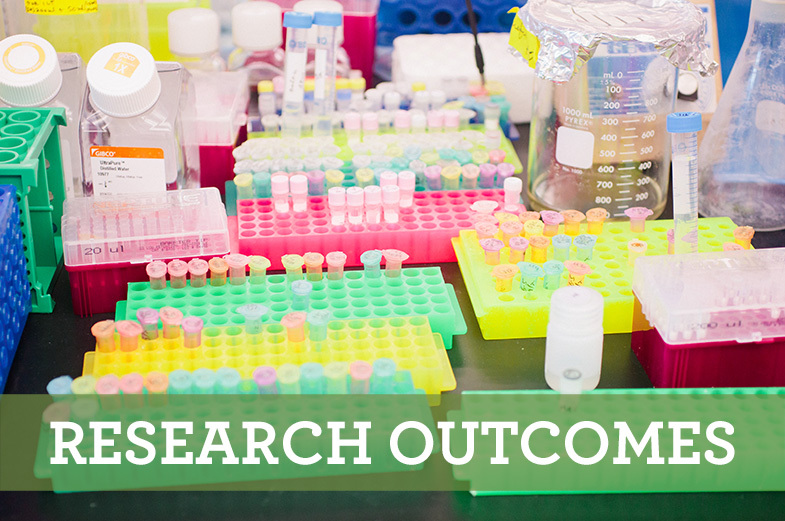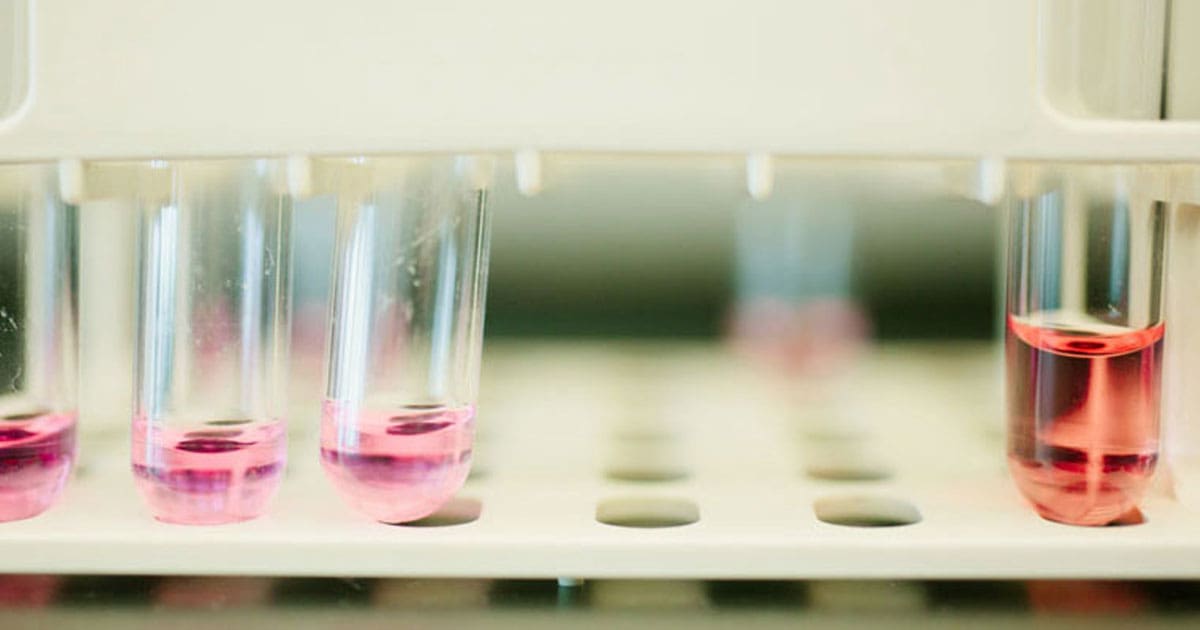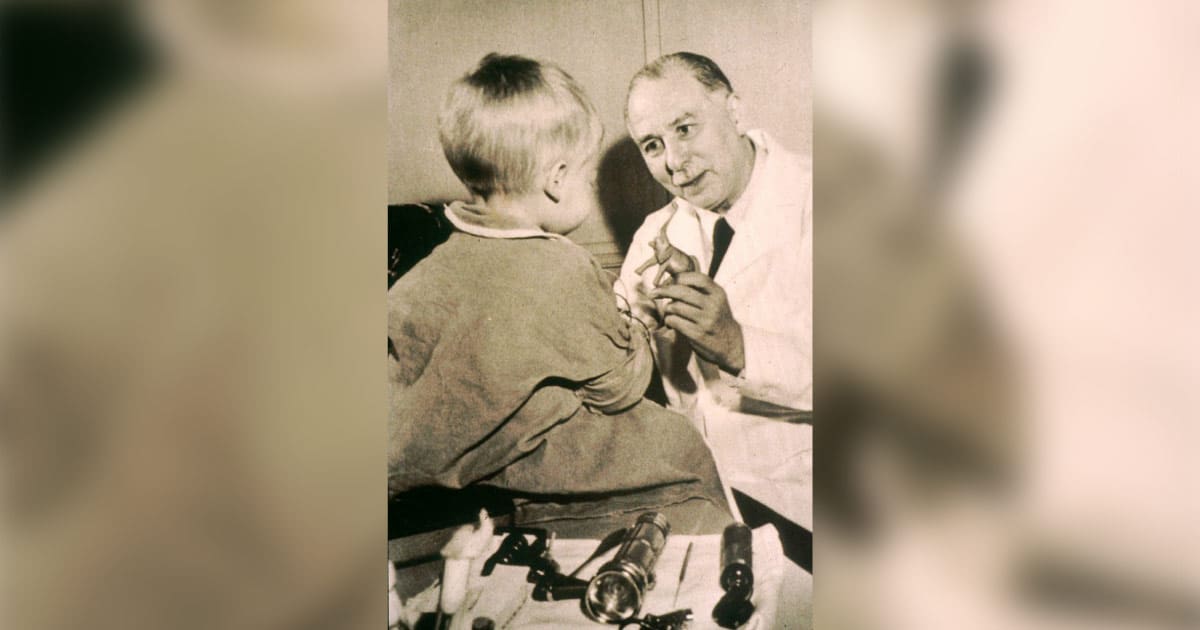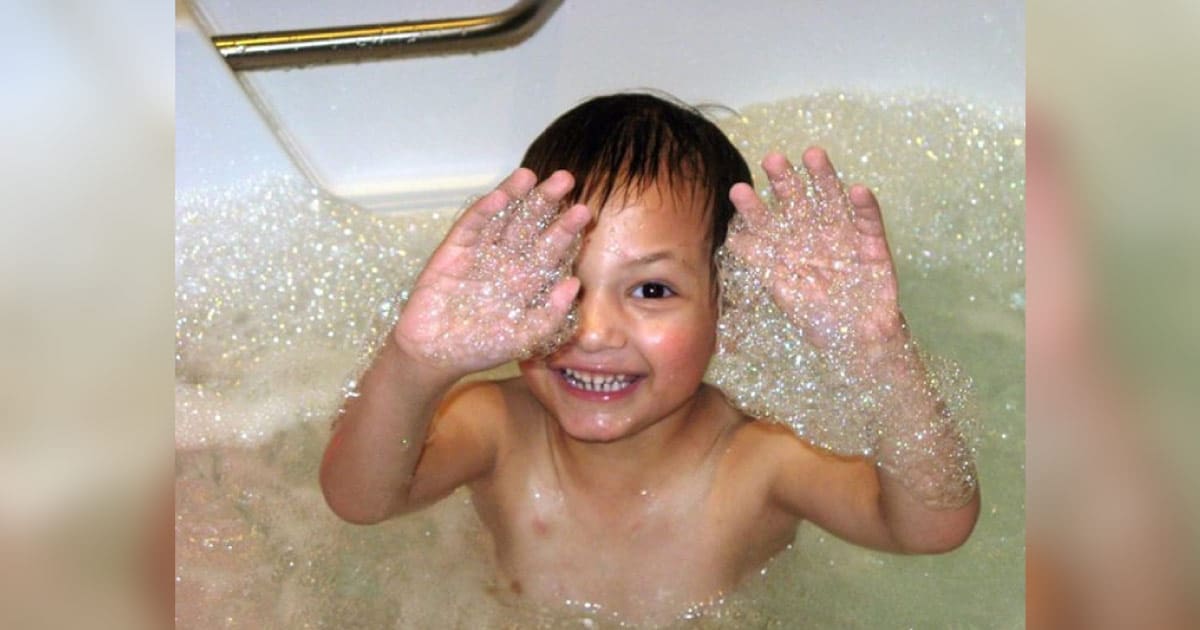Your generosity makes a difference for children and young adults with cancer. Read on to see a few recent examples of the incredible impact you have on pediatric cancer research.
Immunotherapy for DIPG
Diffuse intrinsic pontine glioma (DIPG) and other diffuse midline gliomas are universally fatal pediatric brain tumors. Researchers on the St. Baldrick’s Foundation Stand Up to Cancer Pediatric Cancer Dream Team are taking what they have learned from treating blood cancers with CAR-T cell immunotherapy and are applying it to these solid tumors.
It’s not often that thousands of scientists break into enthusiastic applause during a presentation of research outcomes, but that’s what happened in April at the annual meeting of the American Association for Cancer Research. It was during a presentation by St. Baldrick’s Scholar and member of the St. Baldrick’s Foundation – Stand Up to Cancer Pediatric Cancer Dream Team, Dr. Robbie Majzner, reporting the following.
Results published in Nature from the first 4 patients enrolled in a clinical trial show consistent effectiveness, and some trial patients have seen their tumors shrink by 95% or more—a dramatic achievement never before seen in DIPG. Though some have since died, most survived far longer than expected and with a greatly improved quality of life. While more research is needed, these findings provide much-needed hope for families.
Using Nanoparticles to Improve Medulloblastoma Treatment
While most medulloblastoma patients are cured with standard treatment, they are typically left with debilitating side effects, so better treatments are needed. A new study published in Science Advances by St. Baldrick’s Foundation Scholar Dr. Timothy Gershon shows that placing a cancer drug, palbociclib, in nanoparticles helps the drug reach tumors better and stay in the body longer. Palbociclib is currently used as a breast cancer treatment.
What are nanoparticles? In medicine, nanoparticles can be used to carry antibodies, drugs, imaging agents, or other substances to certain parts of the body — similar to a tiny soap bubble with the drug cradled in the center.
This study showed palbociclib on its own did not shrink tumors, but when combined with another drug, sapanisertib, and placed in nanoparticles, the cancer models showed better results. While these results are promising, more work is needed to bring this to human clinical trials and researchers are currently working towards that goal.
Clinical Trial Shows Exciting Results for Kids with T-LL and T-ALL
Results from an international phase 3 Children’s Oncology Group (COG) clinical trial could change the standard of care for patients with T-cell lymphoblastic lymphoma (T-LL) and T-cell acute lymphoblastic leukemia (T-ALL).
Researchers found that adding the drug bortezomib to chemotherapy significantly improved overall survival in children and young adults with newly diagnosed T-LL. Additionally, this study found that radiation treatment could be eliminated in 90% of children with T-ALL when the chemotherapy regimen was intensified, decreasing harmful long-term effects of treatment. These exciting findings were recently published in the Journal of Clinical Oncology.
Since becoming an independent foundation in 2005, the St. Baldrick’s Foundation’s largest grant recipient has been the COG, with funds distributed to each COG member institution to subsidize the cost of treating children in clinical trials. St. Baldrick’s has awarded more than $90 million to the COG.
Repurposing Drugs for Pediatric AML
There are numerous subtypes of pediatric acute myeloid leukemia (AML), some with an extremely poor prognosis. Precision medicine is one way to drive progress in pediatric AML. Supported in early stages by the St. Baldrick’s Foundation, the Target pediatric AML (TpAML) group has been performing genetic sequencing to identify promising drug targets.
In the best-case scenario, through sequencing, a new target is found for which a targeted drug already exists. Researchers can then repurpose these existing drugs to treat AML.
After performing genetic sequencing AML researchers have found 4 existing drugs show promise for pediatric AML treatment. In one case, a well-tolerated ovarian cancer drug was identified. Recently, two of these drugs have been used to treat patients via compassionate use and have shown positive results. The researchers will next work to complete clinical trials to further evaluate the drugs as therapeutic options.
Not every publication of research supported by St. Baldrick’s makes the news, but each one adds to the body of scientific knowledge that takes us one step closer to better outcomes for kids with cancer. Your continued support will make more research possible to Conquer Kids’ Cancer.
Donate now and help support research into better treatments for kids with cancer.
Donate Now



